Homeowner Newsletter: Winter 2017-2018
©2017 Jeffrey C. May
Mold can pose serious health risks – especially for people with allergies and asthma. The key to controlling mold growth is reducing moisture, whether from leaks, high humidity or variations in temperature in your home.
Below are ten tips to help you keep your home drier and thus mold free.
Dry up drips. Even a small water leak can develop into a major mold problem, so check pipes under sinks, and behind your washing machine and refrigerator (if it has a water line). Repair leaks right away.
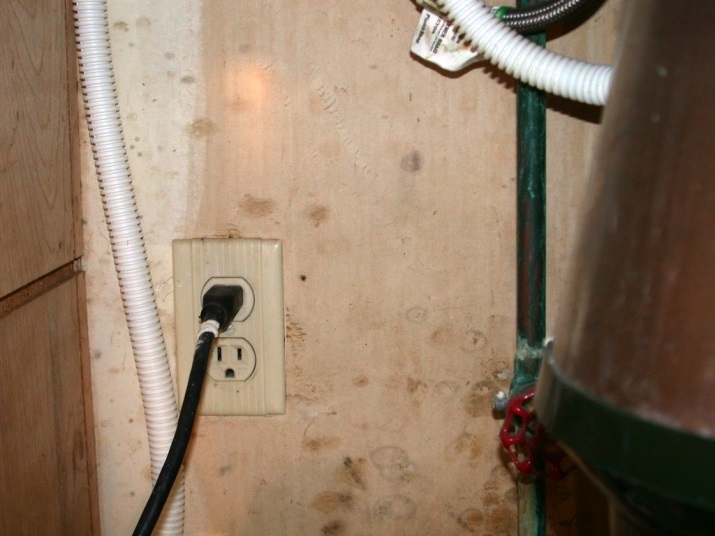
Don’t be sloppy when watering your indoor plants. I can’t tell you how many homes I’ve seen with moisture stains on the floor under or near an indoor plant. Be careful not to spill or overwater when you are watering a plant, and put a dish under the pot in case the pot leaks. It’s also not a great idea to put a plant pot on a carpet or rug.
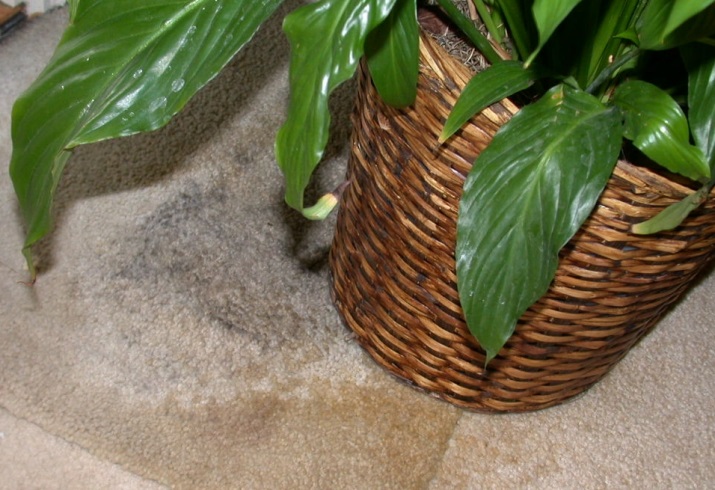
Watch the hot-water tank. Put a battery-operated floor–water alarm near your hot-water tank, so you’ll be alerted if the tank starts to leak. If you have a central alarm system, consider having a floor-water alarm tied into the system. If you have a gas-fired hot-water heater, plan to replace it right before the warranty expires. Electric hot-water heaters tend to last longer than their warranty, but still, keep an eye on the warranty date.
Control the relative humidity below-grade. Mold growth doesn’t always require standing water. Some molds can begin to grow when the relative humidity (RH) is over 80%.
As air cools, its RH rises. Below-grade (below ground level) spaces like basements and crawl spaces are naturally cool and damp, so the RH must be adequately controlled.
Use a thermo-hygrometer to measure the RH. The RH should be kept at or below 50% in unfinished basement spaces and in crawl spaces, and below 60% in finished basement spaces.
Between mid-April and mid-October, add dehumidification as needed, even if your finished basement has air conditioning. Be sure that your dehumidifier is adequate for the space, and attach the machine to a condensate pump, so that it can drain into a sink or to the exterior. That way, you won’t have to empty the reservoir (when the reservoir is full, a dehumidifier shuts off).
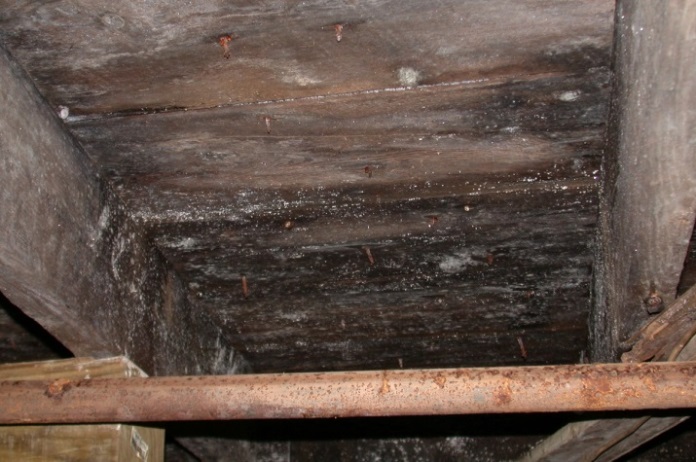
![\\JEFF-PC\Users\jeff\Documents\Mold photos misc\6669 Aspergillus mold on beam [sampled].JPG](http://www.mayindoorair.com/wp-content/uploads/2020/05/jeff-pc-users-jeff-documents-mold-photos-misc-66.jpeg)
In the winter, you do not need to dehumidify an unfinished basement, but a finished basement must be kept consistently warm, whether in use or not, with the thermostat set at a minimum of 57o F.
If you have an indirect-fired, hot-water system or tankless system (i.e. the boiler heats the domestic hot water), this will help control the RH, because the boiler operates year-round and produces heat as it does so.
Don’t over-humidify above grade: In the winter, we don’t open windows and doors that much, so moisture can build up in a house in above-grade rooms. If you have an exhaust fan over your cook stove that vents to the exterior, use the fan whenever you cook or bake, and try to cook and bake at the same time.
After showering or bathing, operate the exhaust fan in the bathroom. In addition, leave the door open and operate an oscillating fan in the bathroom to help dry surfaces.
If you have a central humidification system, keep the RH in habitable rooms under 40% (lower in extreme cold). The same holds true if you use a portable humidifier in any particular room.
If you see moisture condensing on windows, you need to exercise more control over potential moisture sources in your home.
Keep your exterior closet warm. A closet with one or more walls facing the exterior can develop conditions of elevated relative humidity. This can lead to mold growth on those walls, as well as on goods stored on the cool closet floor. It’s best not to overstuff such a closet with personal goods; keep goods up off the floor and away from cool walls.
Don’t have rugs or carpeting on the closet floor, as carpeting captures biodegradable dust. Remove the dust on the floor and baseboard trim.
To warm the air and help control the RH in an exterior closet, you can heat the closet with a heater specially made for the purpose, or you can keep the door open to increase the flow of warm air into the space. You can also install a louvered rather than solid closet door.
Don’t keep some rooms cold while you heat other rooms. In the winter, it’s tempting to heat only the rooms that you use and leave other rooms cool. In homes with wood-burning stoves, I’ve often found that some rooms near the stove are toasty, while others are uncomfortably cold. This may save on the heat bills, but unfortunately, elevated relative humidity conditions can develop in the rooms that aren’t adequately heated, even if they are above grade. And then you know what may happen next…mold growth.
Isolate your crawl space. Unlike the Building-Code requirement, a crawl space should be isolated from the exterior and dehumidified; otherwise, humid air can enter the space and lead to condensation and mold growth on cool surfaces. And if a crawl space has a dirt floor, the dirt should be covered with a mesh-reinforced vapor barrier or even with appropriate cementitious material, to limit the evaporation of moisture from the soil.
Don’t introduce unnecessary amounts of moisture into your attached garage. In the summer, dehumidify your garage during particularly humid weather; just keep the RH under 70%. In the winter, wipe snow off your car, including kicking snow off the tires, before driving the vehicle into the garage. If snow still falls onto the garage floor, sweep it to the exterior before it melts, or sweep the water out of the garage once the snow has melted.
Take a walk in the rain. When gutters and downspouts at the exterior of your home overflow, roof water can collect next to your foundation and then find its way into your basement. Next time it rains, grab your rain coat and galoshes, and splash around the exterior of your home to check for unwelcome streams or even waterfalls down the siding. If you see such flows down the exterior of your home, have your gutter system cleaned and repaired as needed. Such flows inevitably lead to rot!
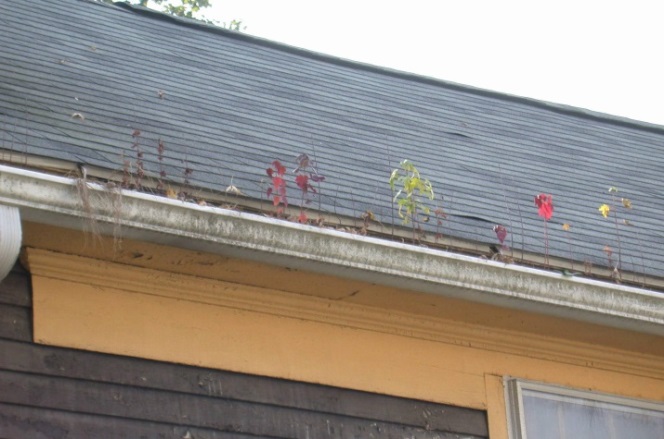
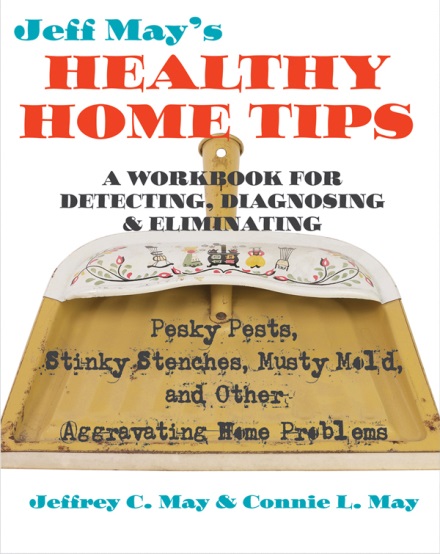
All wishes for a happy and healthy 2018.
For further advice on maintaining a home with healthier indoor air, refer to our book Jeff May’s Healthy Home Tips, available on amazon.com.
